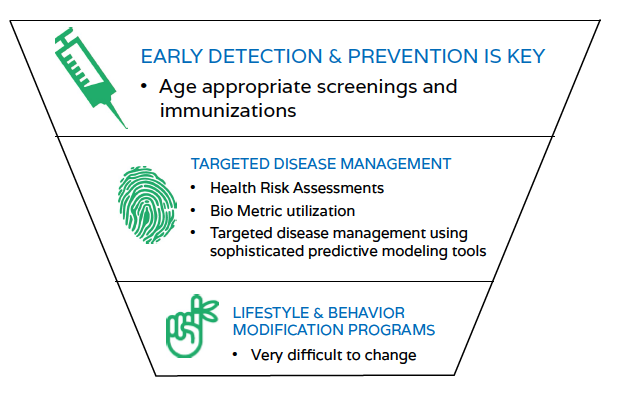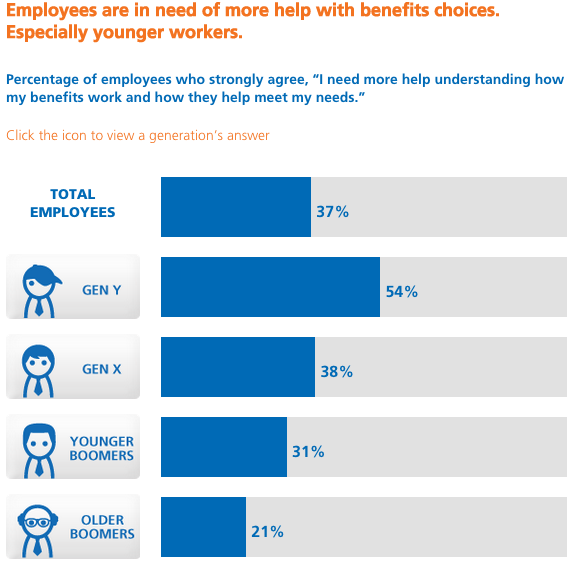Summer Blog Series (Part 2):
Paid Time Off - Eliminating Administrative Burdens Through PTO Automation
As we mentioned in our first post in this four part series on Paid Time Off, statistically speaking, PTO is the most highly utilized employee benefit. Makes sense, right? For this very same reason, management of PTO can also be a real burden for an already swamped HR department, most especially if PTO is still being managed in a manual, non-automated fashion.
The reason for this is simple: employees don’t do a good job of keeping track of the time they’ve taken. This seems to be true even when the accrued amount is posted on each paystub ;) The problem compounds when there are multiple "paid time off" accounts such as vacation days, sick days, bereavement days, etc.






















